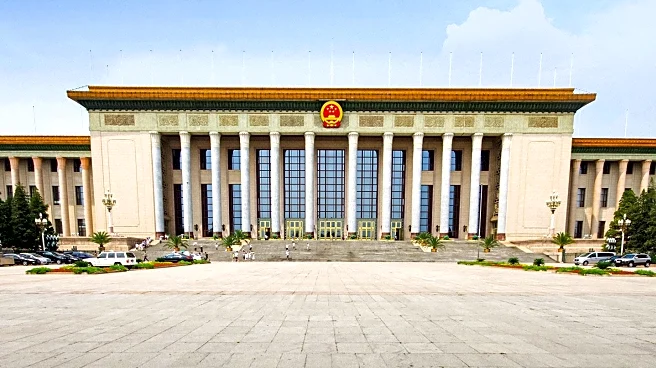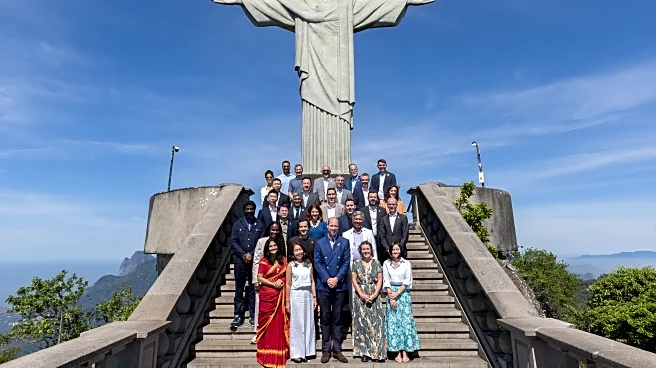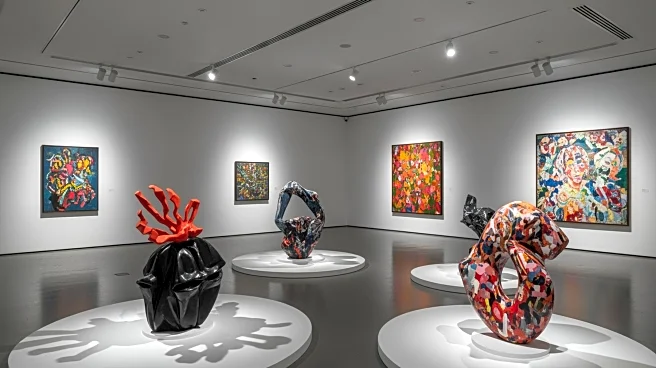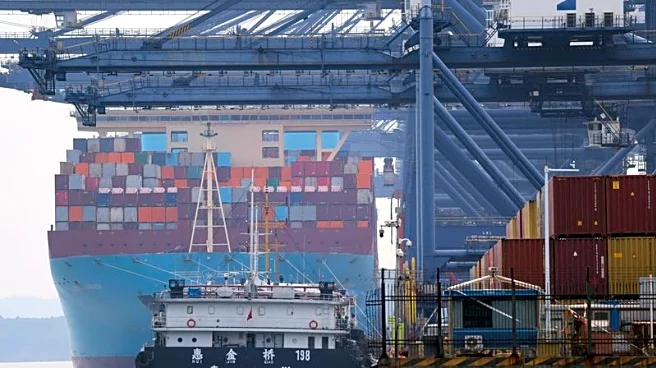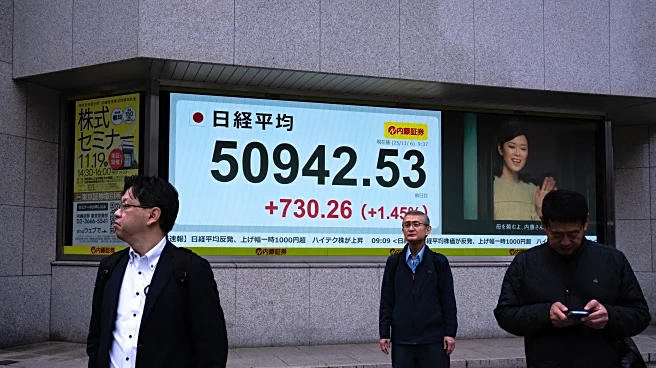What's Happening?
China's private museums are experiencing significant challenges as they navigate a post-boom era marked by economic slowdown and the impacts of Covid-19. The Times Museum in Guangzhou, once a prominent
space for Asian art exhibitions, closed in 2022 due to financial difficulties linked to the Chinese property sector's downturn. Other museums, such as the Shanghai location of OCAT and Qingdao's TAG Museum, have also faced closures or operational suspensions. The sector is undergoing a consolidation phase, with many museums struggling to establish sustainable funding models and consistent curatorial visions. Despite the initial rapid expansion in the 2010s, only a few museums have maintained reputations for quality programming. The current environment presents an opportunity for museum founders to reassess their operations and focus on sustainability.
Why It's Important?
The challenges faced by China's private museums highlight broader issues within the cultural sector, including the need for sustainable financial models and professional management. As the economy slows, museums that rely on ticket sales and merchandise are particularly vulnerable. The decline in ticket sales, exacerbated by government-backed museums offering free admission, underscores the financial pressures on private institutions. This situation affects the cultural landscape in China, potentially limiting access to contemporary art and reducing opportunities for cultural engagement. The consolidation phase may lead to a more mature and focused cultural production field, but it also risks reducing the diversity and vibrancy of the art scene.
What's Next?
Private museums in China may need to explore new funding structures and collaborations to ensure their survival. The sector could benefit from systematic support and policy changes to bolster private art institutions. As the economy continues to face challenges, museums might need to adapt by offering more accessible and engaging exhibitions to attract visitors. The focus may shift towards smaller, more contained projects backed by collectors, rather than large-scale museum ventures. The evolving landscape presents an opportunity for museums to redefine their roles and contributions to the cultural sector.
Beyond the Headlines
The situation of China's private museums raises questions about the sustainability of cultural institutions in rapidly changing economic environments. The reliance on property development and commercial revenue streams highlights vulnerabilities in the funding models of many museums. The shift towards more focused projects could lead to a deeper engagement with contemporary art, but it also risks alienating broader audiences. The cultural sector's adaptation to these challenges may influence global perceptions of China's art scene and its role in international cultural exchanges.
